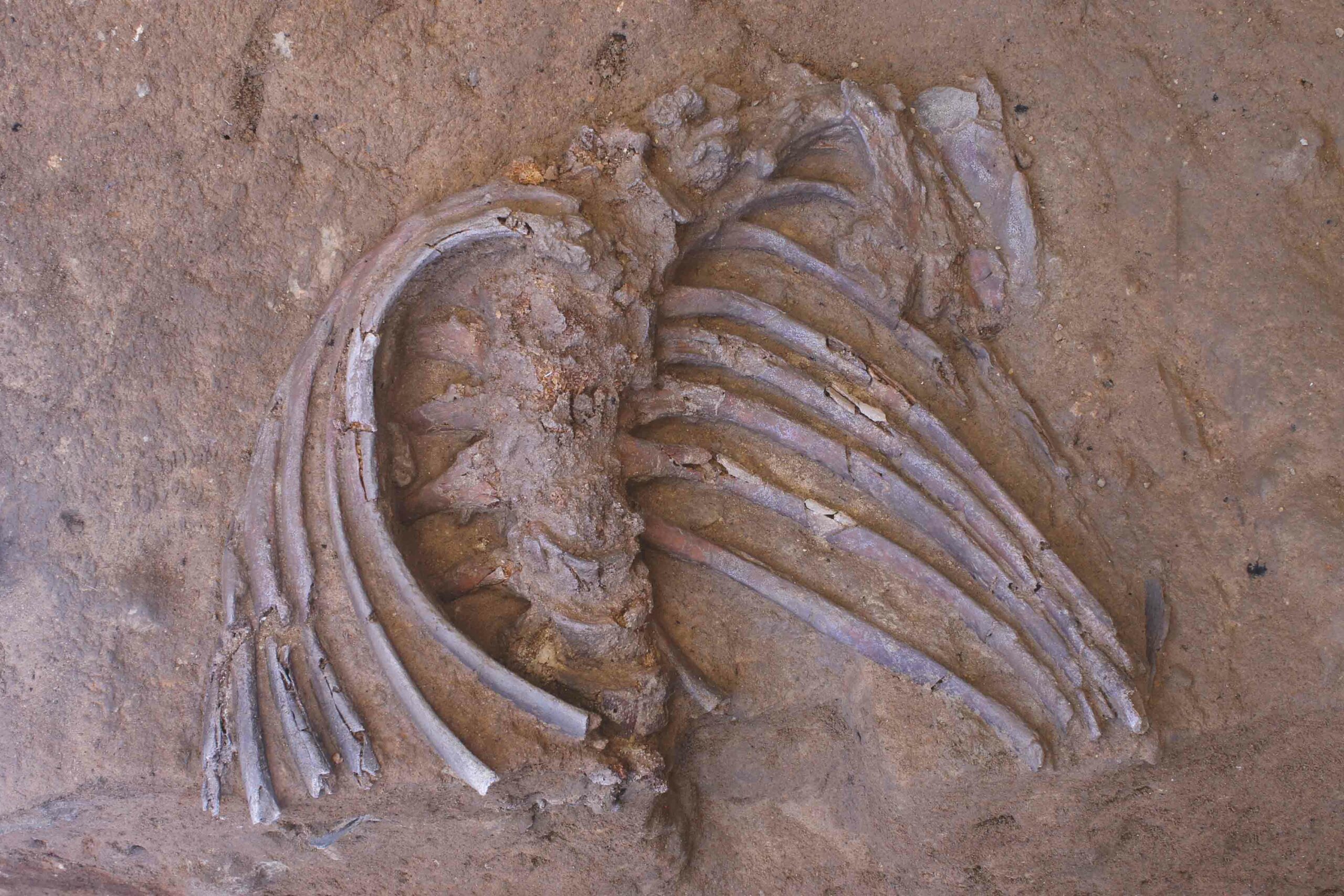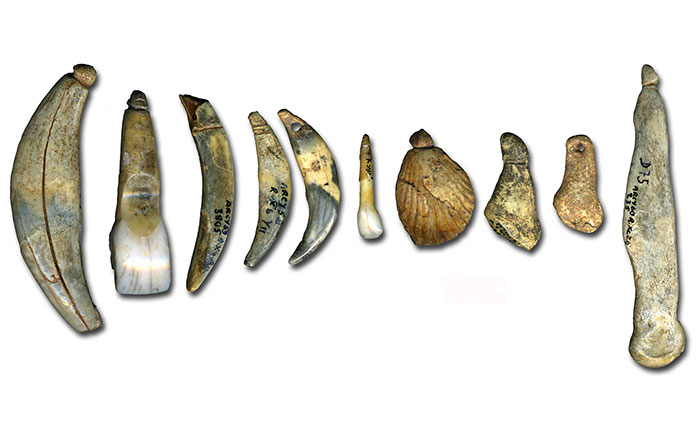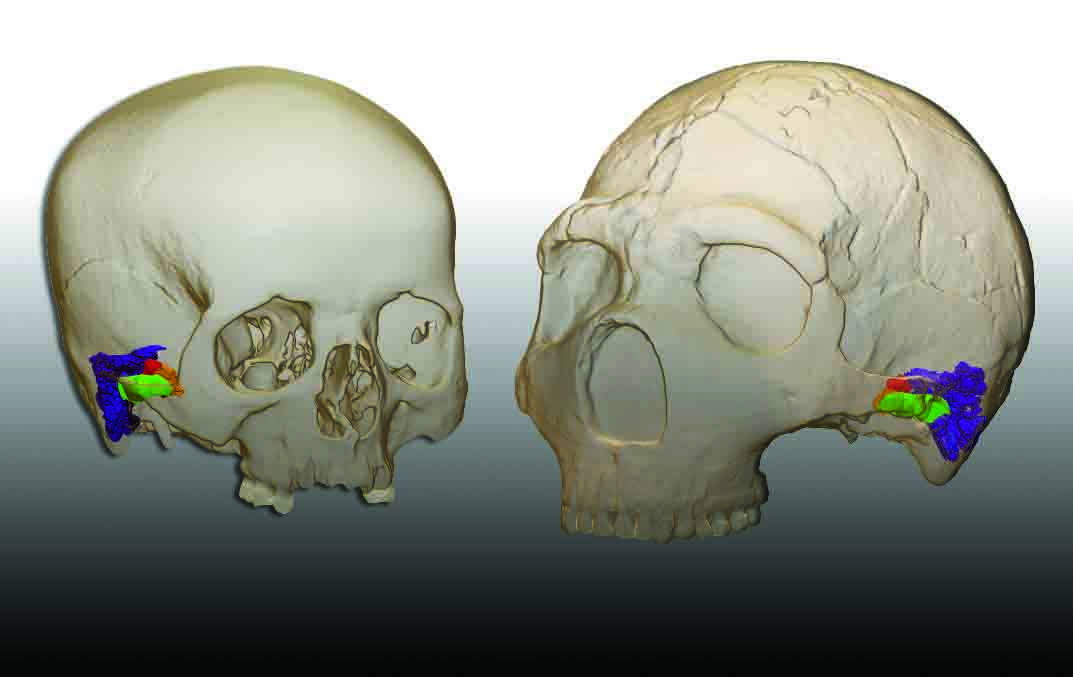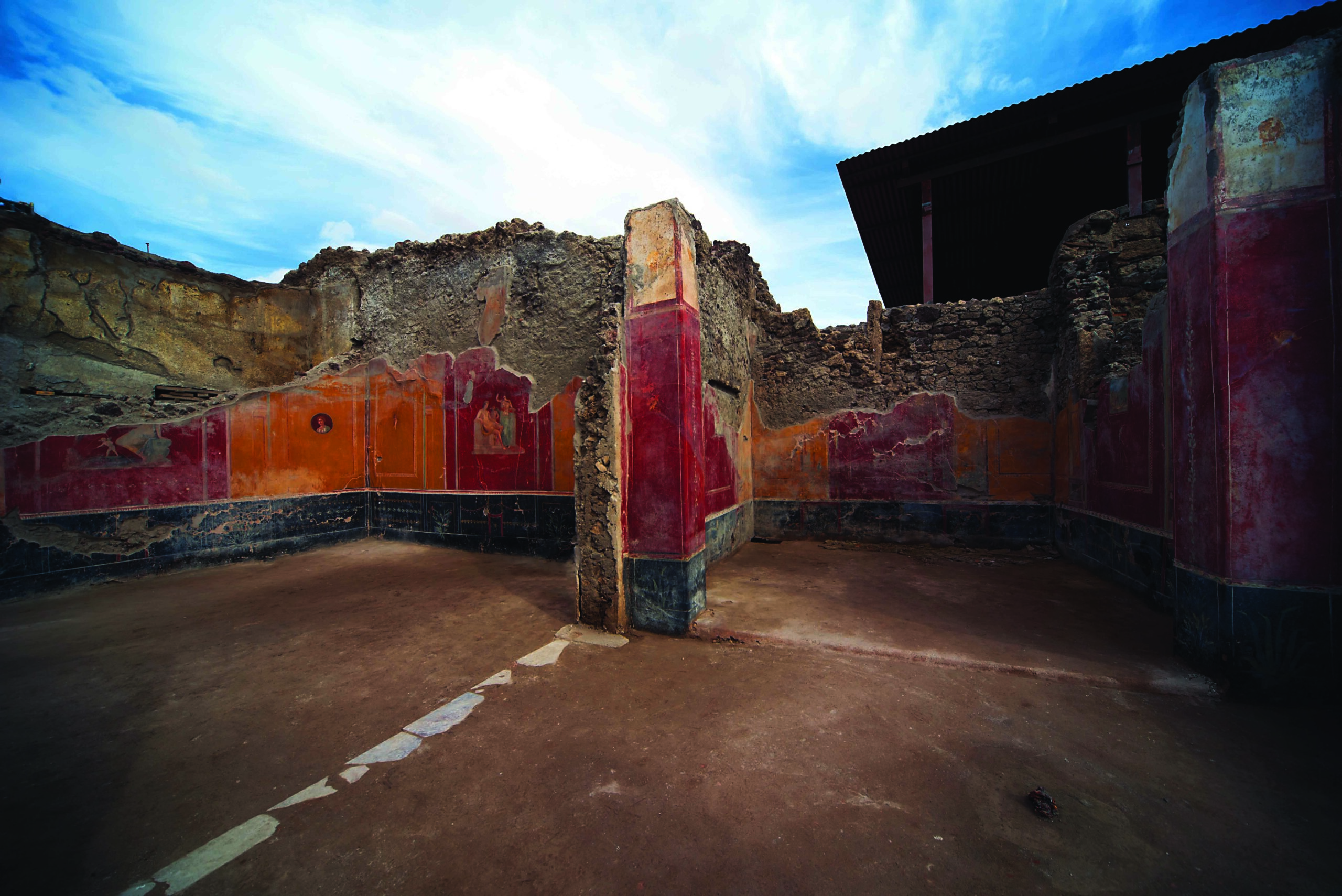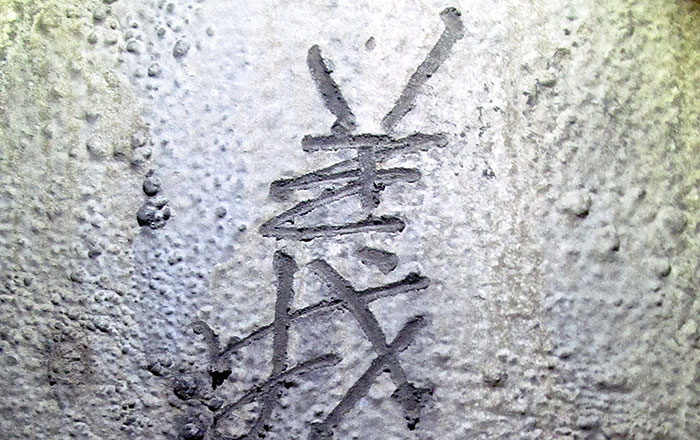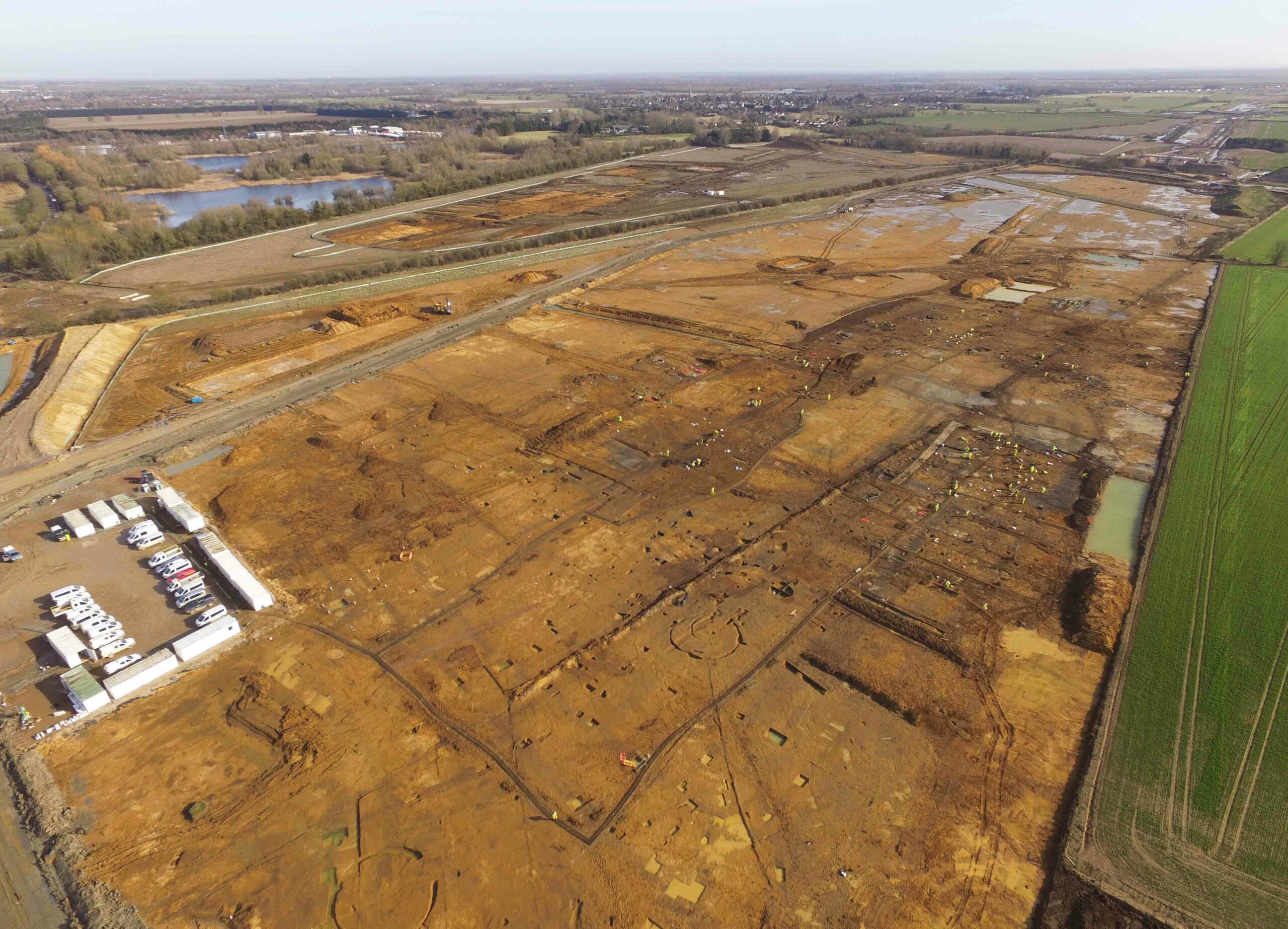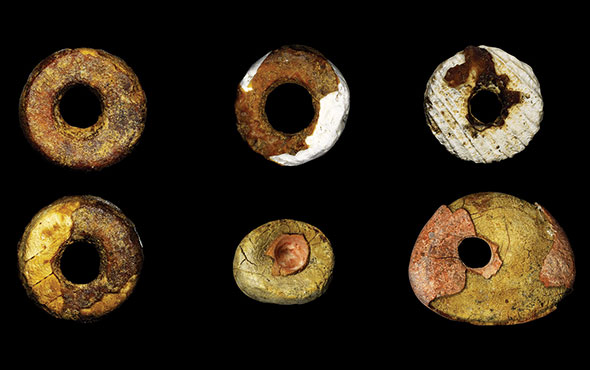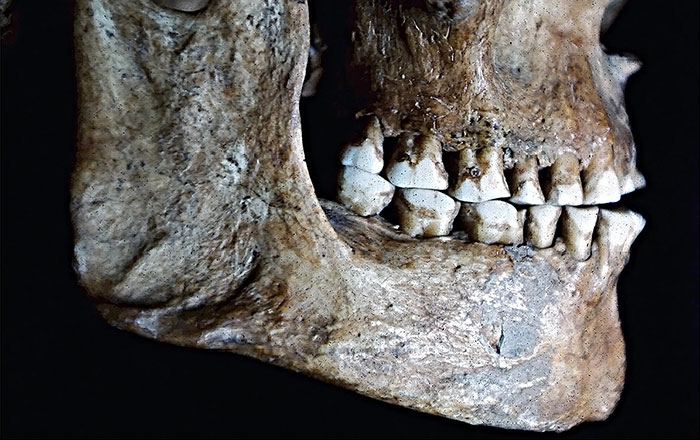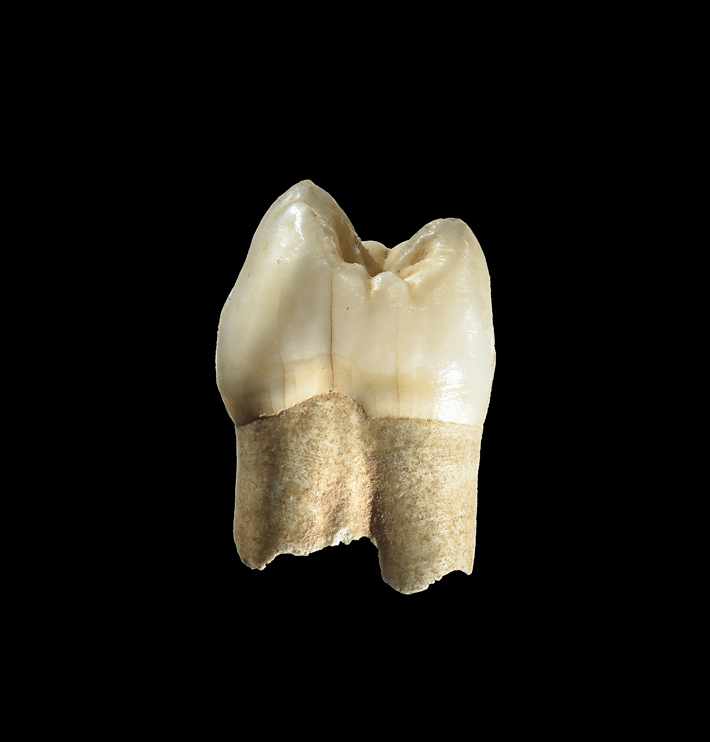
TEHRAN, IRAN—According to a Tasnim News Agency report, recent analysis of a tooth recovered in 1999 from Wezmeh Cave, in the Zagros Mountains of western Iran, provides the first direct evidence for Neanderthal presence in the region. Fereidoun Biglari of the National Museum of Iran explained that X-ray micro-CT imaging of the premolar tooth has demonstrated that it belonged to a Neanderthal child between the ages of six and ten—not an early modern human, as had been previously thought. The earliest animal remains from the cave date to 70,000 years ago. Because Neanderthals were extinct before 40,000 years ago, Biglari added, the Neanderthal individual must have lived in the area sometime within that 30,000-year period. Fossils of extinct animals, including spotted hyenas, cave lions, and wild cattle, were also found in the cave, which had been an Ice Age carnivore den. A canine tooth identified as that of a Neanderthal child was found last year near the city of Kermanshah, but has not yet been fully analyzed. For more on Neanderthals, go to “Neanderthal Fashion Statement.”


